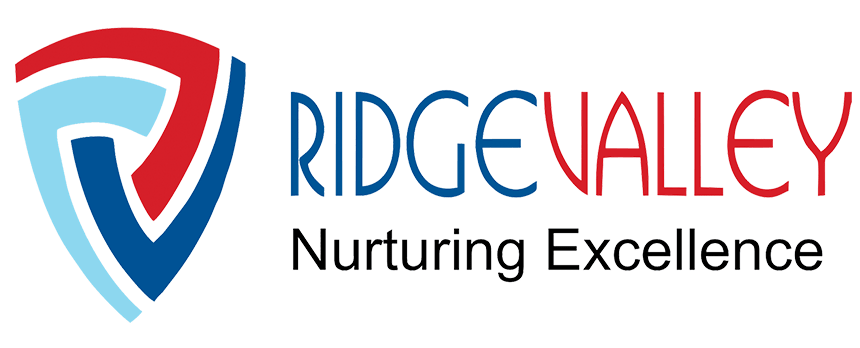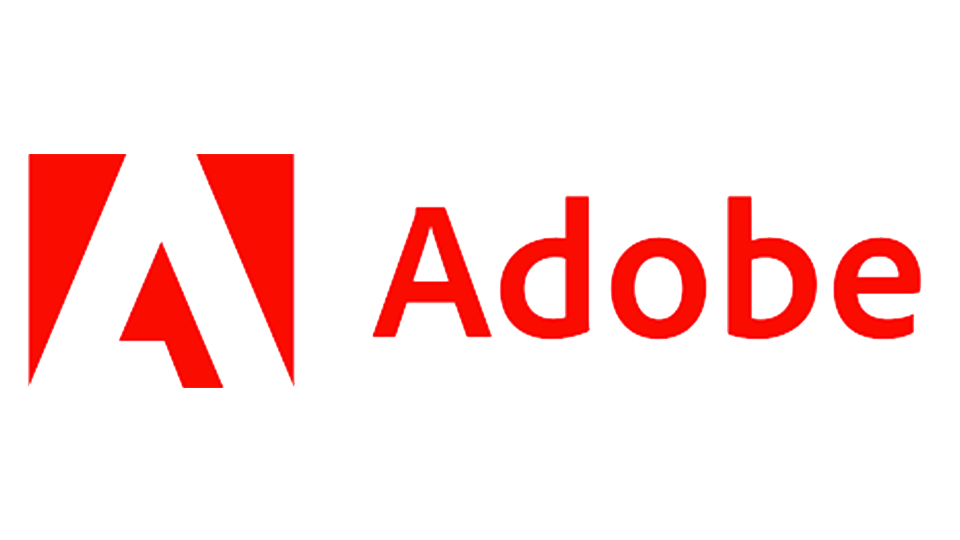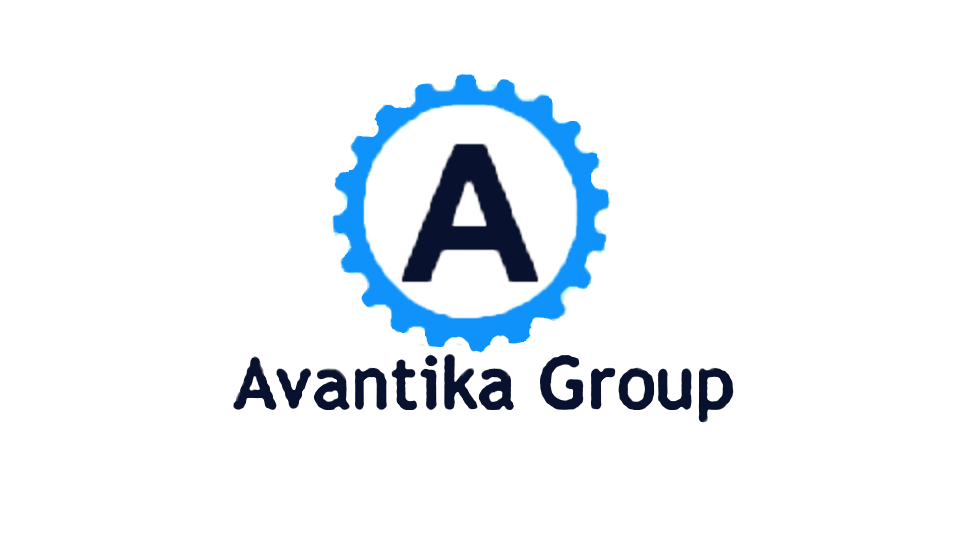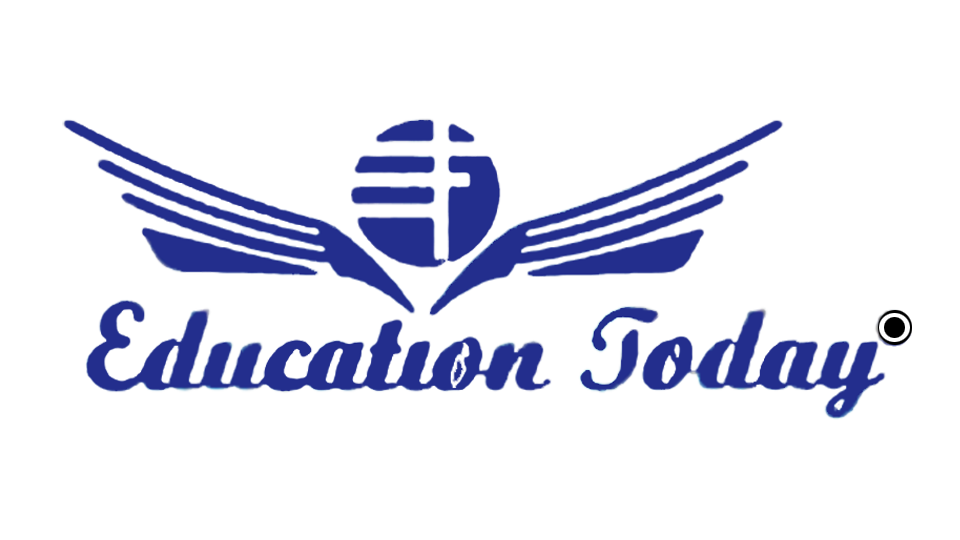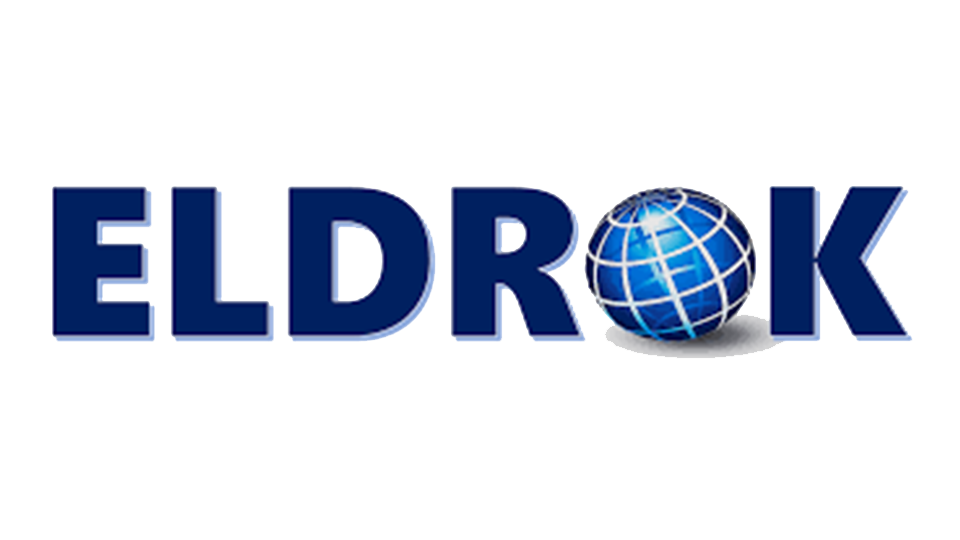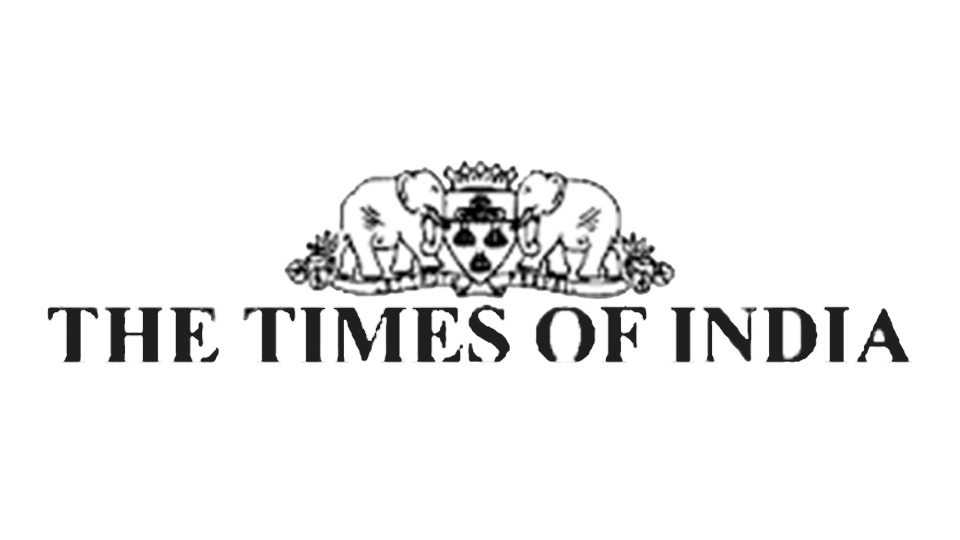Introduction:
In today’s highly competitive academic landscape, students are expected to excel not only in their academic pursuits but also in their co-curricular activities. While good grades remain a critical measure of student performance, universities, employers, and other institutions increasingly look for well-rounded individuals who possess diverse skills and talents. At Ridge Valley, the Top CBSE Schools in Gurgaon where one of the most effective ways for students to showcase their versatility is through the development of a co-curricular portfolio. These portfolios, which document a student’s achievements outside the traditional classroom setting, serve as powerful tools to elevate their profiles and provide a more comprehensive picture of their abilities.
Co-curricular activities, encompassing a wide range of extracurricular pursuits such as sports, music, debate, volunteer work, internships, and leadership roles, play an essential role in shaping a student’s holistic development. They not only provide opportunities for students to explore their interests but also help them build life skills that are crucial in both personal and professional spheres.
About Us:
At Ridge Valley School, we understand that a student’s profile is shaped not only by academic achievements but also by their involvement in co-curricular activities. Our students engage in a wide range of extracurricular programs, from sports and music to drama and art, which significantly contribute to their personal development. These co-curricular portfolios help students hone leadership skills, creativity, teamwork, and resilience, giving them a well-rounded education. By nurturing talents beyond the classroom, we empower our students to build diverse portfolios that not only enhance their college applications but also prepare them to thrive in a globalized world.
What is a Co-Curricular Portfolio?
A co-curricular portfolio is a curated collection of a student’s non-academic achievements, experiences, and skills. This portfolio typically includes records, certificates, letters of recommendation, photographs, and other evidence that showcases a student’s involvement in activities outside the academic curriculum. The aim is to create a holistic view of the student’s abilities, talents, and personal development.
While the academic transcript reflects a student’s scholarly achievements, a co-curricular portfolio highlights their leadership skills, creativity, commitment, teamwork, and other essential qualities that cannot always be measured by traditional grades. These portfolios are particularly valuable during college admissions or job applications, as they provide a more well-rounded portrayal of the candidate’s profile.
Why Co-Curricular Activities Matter
Co-curricular activities are essential in providing a balanced education that goes beyond the academic rigor. While academic learning is vital for intellectual development, co-curricular activities offer opportunities for growth in other areas that contribute to a student’s overall personality development. Here are some reasons why co-curricular activities matter:
-
Holistic Development:
Co-curricular activities foster the development of a wide range of skills that are essential for personal growth. From improving communication skills through public speaking to developing teamwork through sports, these activities help nurture well-rounded individuals.
-
Building Life Skills:
Co-curricular activities teach students valuable life skills such as leadership, problem-solving, time management, conflict resolution, and emotional intelligence. These skills are critical in the professional world, where soft skills often outweigh technical knowledge.
-
Opportunities for Self-Discovery:
Engaging in various co-curricular activities allows students to discover their passions and talents. Whether it’s through sports, drama, music, or volunteering, students can uncover hidden talents that may not be explored in a traditional academic setting.
-
Enhancing Employability:
As employers seek candidates with diverse skills, having a strong co-curricular portfolio can make a student stand out in a competitive job market. Employers value candidates who demonstrate initiative, creativity, and the ability to work well in teams—all qualities that are often developed through co-curricular involvement.
How Co-Curricular Portfolios Elevate Student Profiles Beyond Academics
Co-curricular portfolios serve as an invaluable asset by providing evidence of a student’s engagement in non-academic pursuits. Here’s how these portfolios elevate a student’s profile beyond just academic achievements:
1. Showcasing Leadership and Initiative
Participation in leadership roles—whether as the captain of a sports team, president of a club, or head of a student organization—demonstrates key leadership qualities that are highly sought after by universities and employers. Leadership is not just about holding a title; it is about the responsibility of guiding others, making decisions, and achieving group goals.
A co-curricular portfolio can highlight these experiences by documenting key achievements such as organizing events, leading teams, or initiating community service projects. This serves as proof of the student’s ability to take initiative, manage responsibilities, and influence others positively.
2. Emphasizing Teamwork and Collaboration
Many co-curricular activities, such as group projects, sports teams, and volunteer initiatives, require collaboration. Teamwork is one of the most important skills that employers look for in candidates. Co-curricular portfolios offer students a platform to showcase their ability to work with others towards common goals, navigate challenges, and resolve conflicts in a constructive manner.
Students can include details of team-based activities, including their roles, the challenges they faced, and the outcomes they achieved. This helps universities and employers see that the student is capable of functioning effectively within a team.
3. Demonstrating Communication Skills
Effective communication is another crucial skill that co-curricular activities help develop. Whether it’s presenting at a debate competition, performing in a play, or speaking at a community event, students often gain opportunities to hone their verbal and non-verbal communication skills.
A co-curricular portfolio that highlights public speaking engagements, presentations, or written work can emphasize the student’s communication abilities. These skills are essential for both academic and professional success, making the student more attractive to potential universities or employers.
4. Highlighting Personal Passion and Commitment
One of the most compelling aspects of a co-curricular portfolio is that it provides a window into the student’s personal interests and passions. Universities and employers value students who are not only academically capable but also actively engaged in pursuits they are passionate about. This could be anything from playing a musical instrument, participating in a theater production, engaging in social activism, or pursuing a hobby like painting or photography.
A well-curated portfolio that showcases a student’s consistent involvement in a particular activity can demonstrate their dedication, passion, and commitment. This kind of long-term engagement speaks volumes about a student’s personality and drive.
5. Showcasing Academic and Co-Curricular Balance
The ability to balance academic work with co-curricular activities is a mark of strong time management skills. Many students who engage in multiple activities and excel in them while maintaining good academic performance often exhibit superior organizational and prioritization skills. This balance shows universities and employers that the student is disciplined and capable of managing multiple responsibilities effectively.
Incorporating this balance into a co-curricular portfolio provides a complete picture of the student’s ability to juggle academics, personal interests, and extracurricular pursuits—an invaluable trait in today’s fast-paced world.
6. Building a Diverse Skill Set
Co-curricular portfolios provide a platform to demonstrate a wide range of skills beyond those required in the classroom. Skills like creativity, critical thinking, adaptability, time management, and technical skills (such as proficiency in graphic design, music production, or event management) can all be highlighted in the portfolio.
For example, a student involved in designing sets for a school play may showcase their creativity and technical abilities. A student who volunteers for a social cause might highlight their social awareness and organizational skills. These diverse skill sets make the student’s profile more attractive to colleges and employers looking for candidates who possess a broad range of competencies.
How to Build an Effective Co-Curricular Portfolio
Creating a well-organized and impactful co-curricular portfolio requires careful planning and attention to detail. Here are some tips for building an effective portfolio:
-
Document Achievements: Keep a record of all achievements, awards, certificates, and experiences related to co-curricular activities. This includes event participation, leadership roles, and any recognition received.
-
Include Supporting Materials: Attach photos, videos, or press clippings to provide evidence of involvement and achievements. For example, if the student organized a community event, including a brochure or photos from the event can offer tangible proof.
-
Reflect on Experiences: In addition to listing accomplishments, it is essential to reflect on what was learned from each co-curricular activity. Students should include personal reflections on how each experience contributed to their growth and development.
-
Organize and Present Professionally: The portfolio should be well-organized and easy to navigate. Divide the portfolio into sections, such as leadership, volunteer work, sports, arts, and academic balance. Presenting the portfolio professionally demonstrates attention to detail and organizational skills.
-
Update Regularly: As students participate in new activities and gain more achievements, their portfolio should be updated regularly to ensure it accurately reflects their current skills and accomplishments.
Conclusion:
A co-curricular portfolio is more than just a collection of extracurricular achievements—it is a reflection of a student’s overall growth, passion, and potential. At Ridge Valley, the Top CBSE Schools in Gurgaon where by documenting and showcasing their co-curricular experiences, students can elevate their profiles beyond academics, demonstrating their ability to excel in a variety of areas. In an increasingly competitive world, where academic grades alone may not be enough to stand out, a well-curated co-curricular portfolio can make all the difference in gaining admission to top universities or securing the job of their dreams.
Ultimately, co-curricular portfolios offer a valuable opportunity for students to present themselves as dynamic, multifaceted individuals who are capable of thriving in both academic and extracurricular environments. By investing in the development of a strong co-curricular portfolio, students can set themselves on the path to success in the academic world and beyond.
FAQs:
Q1: Why should students create a co-curricular portfolio?
A co-curricular portfolio highlights a student’s diverse skills, passions, and achievements beyond academics. It showcases leadership, creativity, and teamwork, enhancing their overall profile for college admissions and future career opportunities.
Q2: How do co-curricular activities benefit student development?
Co-curricular activities build life skills such as teamwork, communication, and time management. They foster personal growth, confidence, and a well-rounded education that prepares students for future challenges.
Q3: What should be included in a co-curricular portfolio?
Portfolios should include evidence of involvement in activities like sports, arts, volunteering, leadership roles, certificates, awards, and personal reflections on each experience to demonstrate growth and achievements.
Q4: How does a co-curricular portfolio help with college admissions?
Colleges look for well-rounded candidates. A co-curricular portfolio highlights students’ interests, accomplishments, and initiative, setting them apart from others who may only focus on academics.
Q5: Can a co-curricular portfolio impact job prospects?
Yes! Employers value candidates who show leadership, creativity, and the ability to manage diverse responsibilities. A strong co-curricular portfolio demonstrates these qualities, making candidates more appealing to employers.
Q6: How can students create an impactful portfolio?
Students should keep track of all their co-curricular achievements, reflect on their experiences, and organize the portfolio in a clear, professional manner to make a lasting impression on reviewers.
